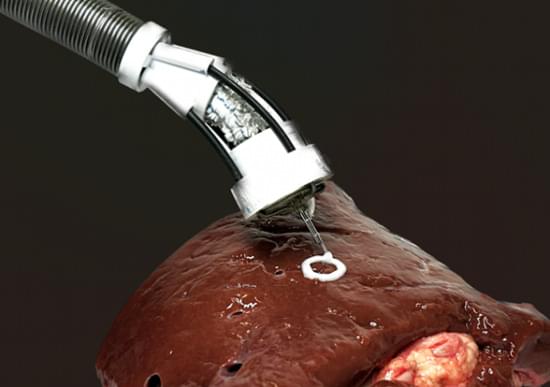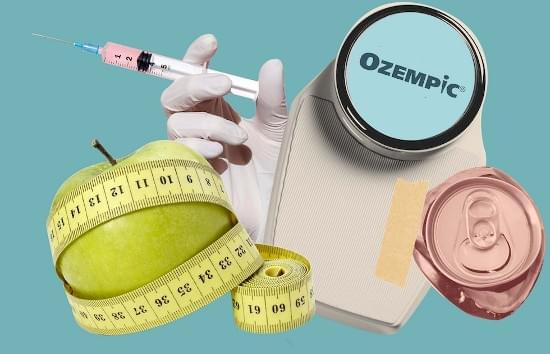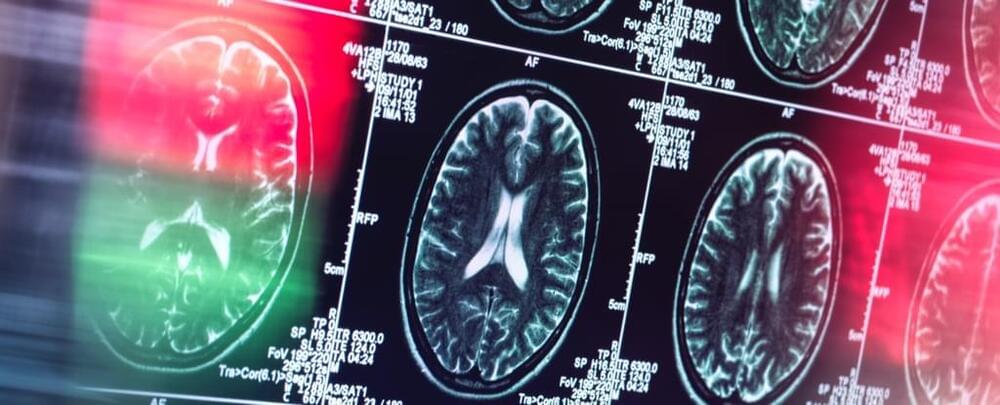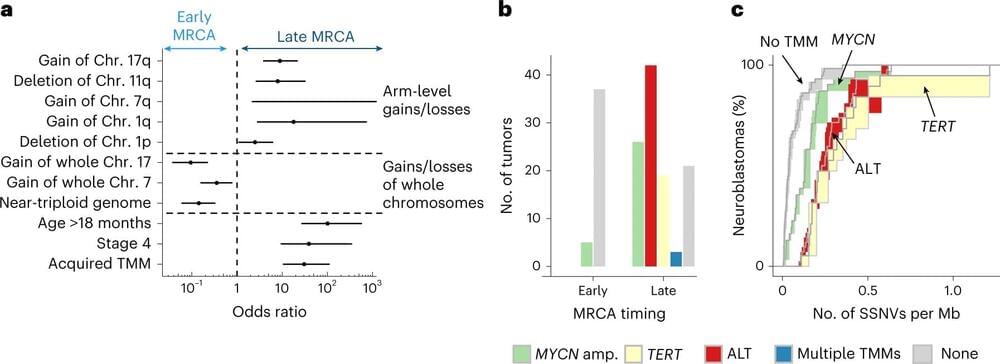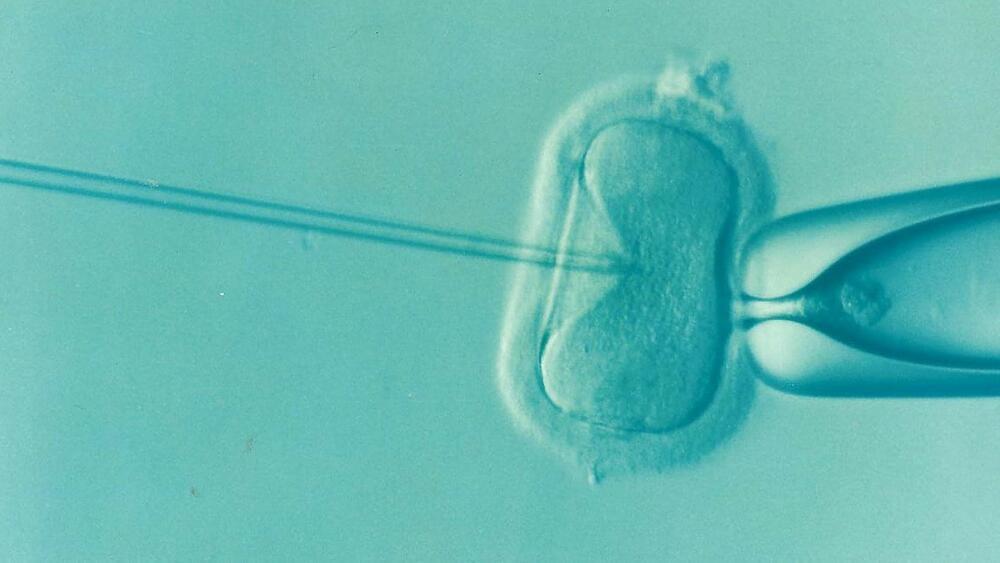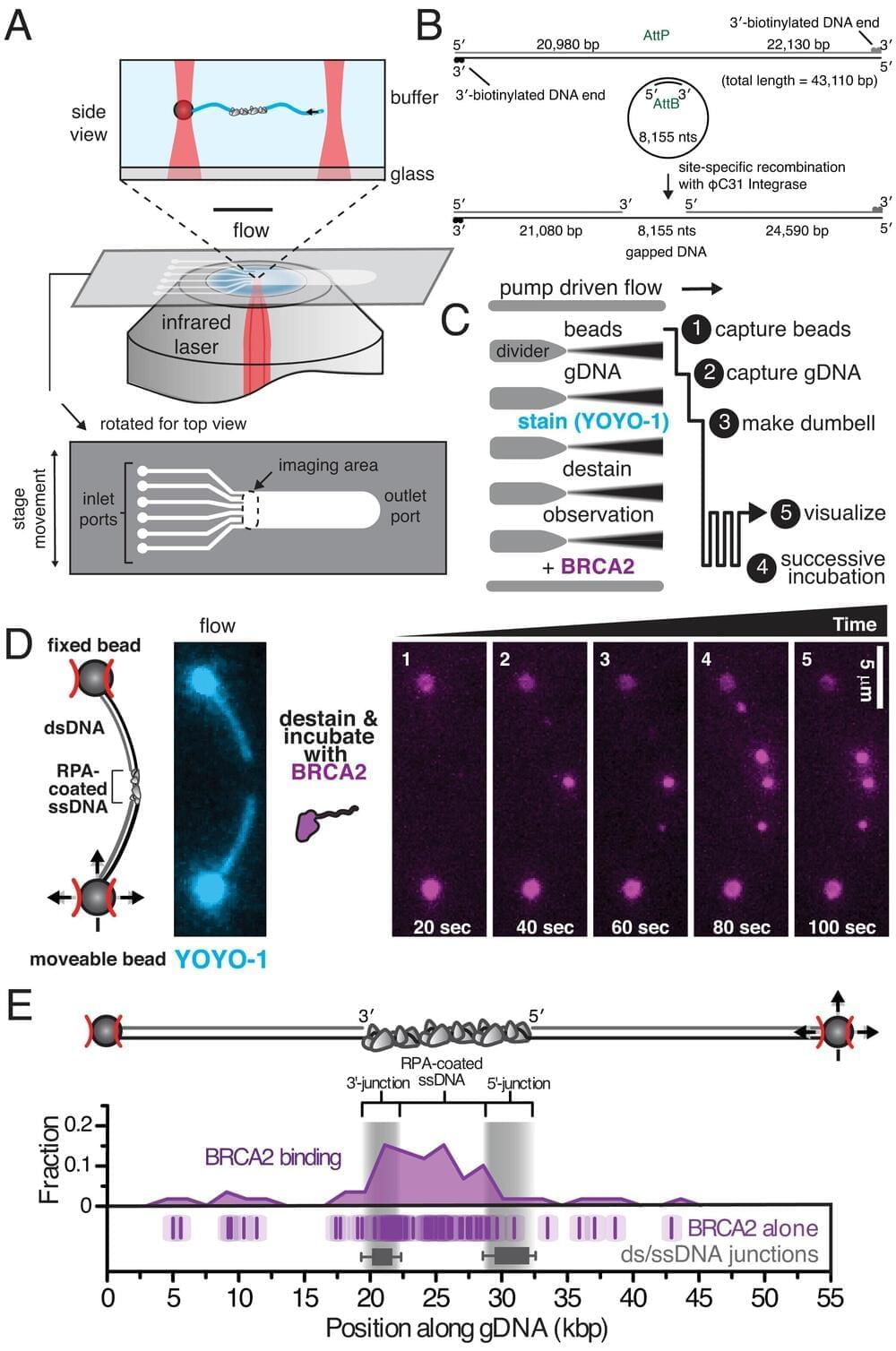“Clinical cases of infections caused by C. auris almost doubled in 2021, according to research published this month in the Annals of Internal Medicine. And the number of cases resistant to echinocandins, the first-line treatment for C. auris infections, tripled. While the fungus generally isn’t a threat for healthy people, it can be dangerous for those with weakened or compromised immune systems, and people using feeding tubes or catheters—in other words, a large proportion of patients in hospitals. The fungus can cause a bloodstream infection whose symptoms include fever, chills, sweats, and low blood pressure. It’s still rare in the U.S., but roughly one in three patients with an invasive infection will die from it; the fungus poses an “urgent threat,” according to the US Centers for Disease Control and Prevention.”
Here’s a scenario that may sound familiar to fans of the postapocalyptic TV drama ‘The Last of Us’: a hard-to-kill fungus is beginning to spread among—and infect—vulnerable populations. Only this time, it’s real.

